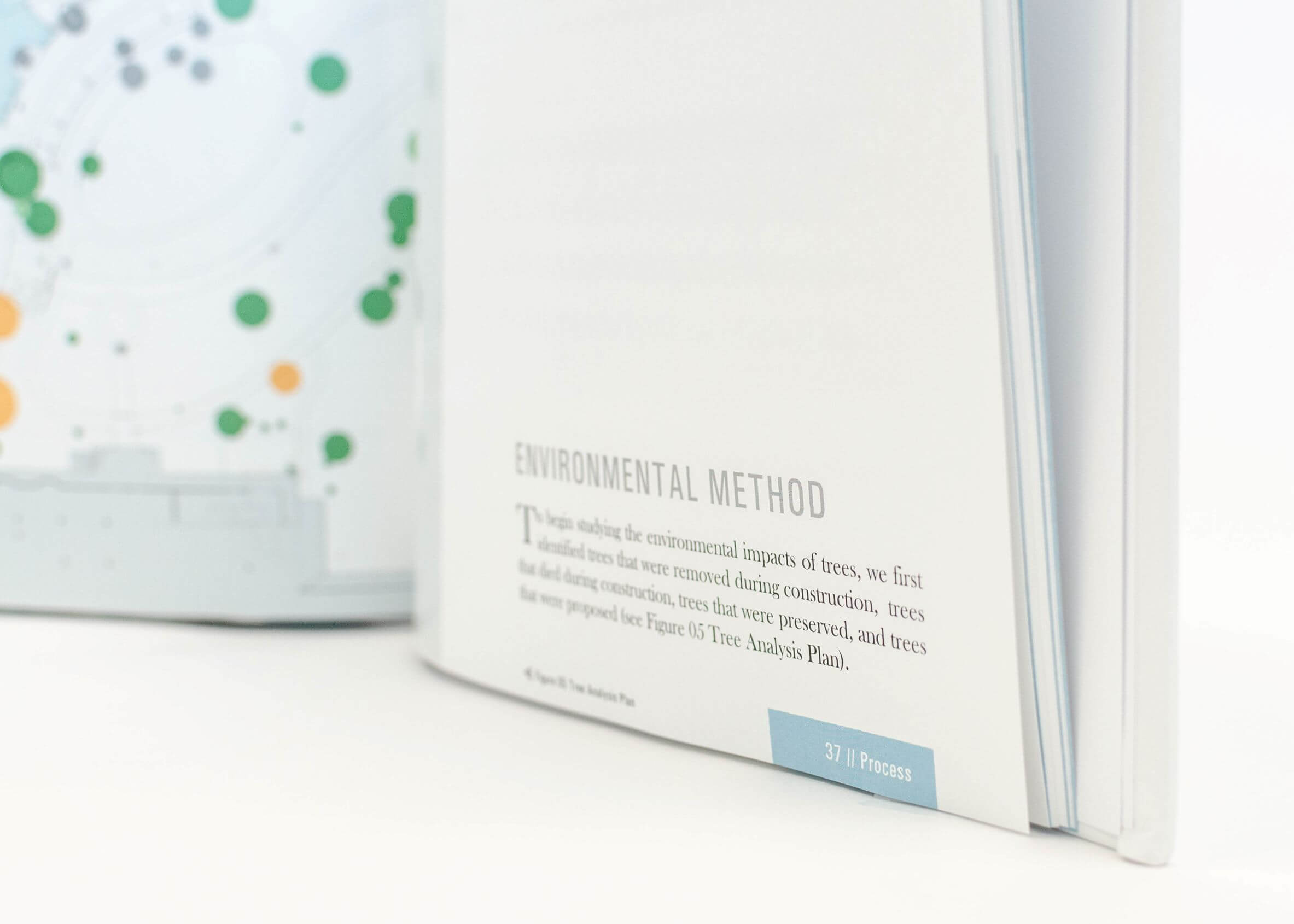
JadeWaters & the importance of post-occupancy evaluations: environmental impact
10.30.18
Note: This is part one in a three part series where we will share data regarding the social, environmental and economic impacts of JadeWaters. This post is about the environmental impacts of the project. To read part one on social impacts, refer to this post.
A Post Occupancy Evaluation (POE) is a method that studies the performance of a project after it has been constructed. POEs study how a project met or did not meet design goals, how the project is or is not meeting user needs, and provide suggestions for current improvements as well as for future work.
TBG met internally in the late spring of 2017 to begin discussing how to research JadeWaters and identified a specific design objective and research methods in the areas of social, environmental, and economic impact.
Project & Design Intent
The basis for a new design came from Anatole’s desire to attract sophisticated and upscale clients as well as increase hotel occupancy during summer months. TBG was contracted to redesign Hilton Anatole’s existing pool which provided simple amenities but felt outdated and disconnected from the Asian themes of the courtyard and hotel. The design includes an activity pool, lazy river, water slides, leisure pool with a swim-up bar, event lawns, day beds, luxury cabanas, and outdoor bar and grill. TBG saw opportunities to weave Anatole’s famous Asian influences into the new pool design by selectively choosing more than a dozen sculptures from the Crow’s personal collection of Asian art and placing them throughout the site. From very early on, it was important to the design team to protect as many existing trees as possible to create a sophisticated, mature feel that would attract high-end clients.
This book documents lessons learned stemming from the collaboration between Hilton Anatole and TBG Partners for the design of the JadeWaters Resort Pool Complex. With the perceived success of JadeWaters, we wanted to gather grounded data that can help to explain the project’s successes and challenges. Our hope moving forward is that lessons learned on JadeWaters can be applied to future Hilton projects as well as future TBG work.
In studying the environmental impacts, we broke our research up in to two tasks. The first task was gathering surface temperature readings across the site using an infrared thermometer. The second task was a site tree study and then using the National Tree Benefit Calculator to understand the benefits trees provide.
Findings

Using the National Tree Benefit Calculator, we discovered that 147 preserved and proposed on-site trees can reduce 44,302 pounds of atmospheric carbon dioxide per year, which compares to removing carbon dioxide from 500,000 miles of driving.

The surface temperature study revealed the following: